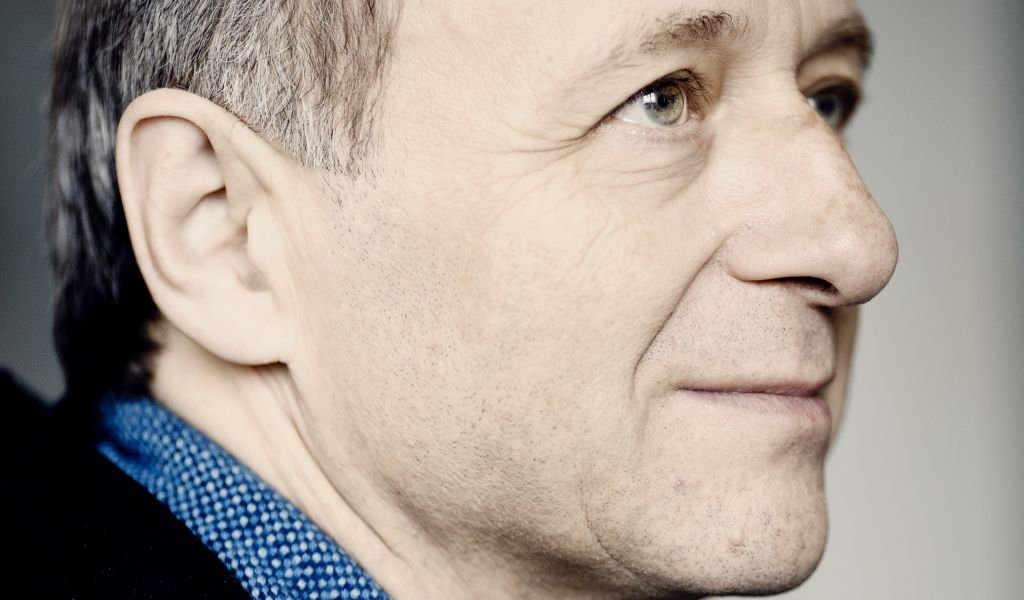
Program
Featuring
Conductor
Soloist
- Tünde Szabóki (Ariadne)
- Roberto Saccà (Bacchus)
- Samantha Gaul (Naiad)
- Mirella Hagen (Echo)
- Olivia Vermeulen (Dryad)
Other information
Season tickets
- DORÁTI A
- DORÁTI B
The event is about 2.5 hours long.
About the event
The image most have of Beethoven and Richard Strauss is that of two serious, brooding figures who composed a great deal of dramatic and grandiose music; but in truth both composers had a sense of humor and affinity for jauntiness. Beethoven’s Symphony No. 4 is often eclipsed by the Eroica and Fate Symphony that came before and after it, despite following in the footsteps of the popular classicist Haydn and also impressing the great Romantic, Berlioz. Strauss’s opera, Ariadne auf Naxos is an intriguing dichotomy embodied by the solemnity of the mythological subject and the burlesque of the Commedia dell’arte.
The Beethoven symphony to be performed in the first half of the concert was composed in the summer of 1806. Beethoven was vacationing at the country estate of his patron, Prince Karl von Lichnowsky, in Silesia, where he met Count Oppersdorff. The Count was so impressed by Beethoven’s Second Symphony that he offered him a substantial sum to write yet another symphony for him. Robert Schumann is said to have called the Fourth Symphony “a slender Greek maiden between two Norse giants” in reference to the light tone of the work (at least in comparison to the Third and the Fifth) obviously chosen with an eye to Oppersdorff’s taste. The symphony’s 1807 performances at diverse private concerts were well received by the musical public (the fact that the original manuscript was later owned by Mendelssohn is also a testament to that). The fast opening movement with its slow introduction and minute motifs is followed by one of Beethoven’s most poetic slow movements. The scherzo-like third movement, which breaks away from the conventional minuet, leads up to a finale, a genuine musical perpetuum mobile.
Ariadne’s aria to be performed after the intermission opens with the lines “There is a realm where all is pure: It also has a name: Realm of Death”. After the initial gloom, she is longing amidst almost cheery and playful melodies for Hermes, the messenger of death to deliver her from her grief. The lovesick Cretan princess, stranded on the island of Naxos, is then discovered by Zerbinetta and her gang of (even by mythological standards) misfits. The odd combination of genres is explained in the first act of the opera, the Prologue. It takes place in the home of a rich Viennese gentleman, who decides that the opera and the comedy commissioned for a fancy party need to be performed at the same time. The libretto for the opera (employing a stage within a stage) was written by Hugo von Hofmannsthal, who transformed his own adaptation of Molière’s The Bourgeois Gentleman into a libretto for Strauss’ sixth opera. It ends with the magnificent and glorious union of Ariadne and Bacchus, god of ecstasy, offering a number of orchestral tuttis.
Did you know? Beethoven’s symphony was first performed in Vienna in March 1807 conducted by the composer, and the first version of Richard Strauss’s opera premiered in Stuttgart on October 25, 1912; the Festival Orchestra last played the symphony in New York on March 28, 2010 and they last performed the final scene of Ariadne on Naxos in Budapest on March 20, 2007; both concerts were conducted by Ivan Fischer.
Contemporary events in 1807, the importation of slaves was prohibited by law in the United Kingdom / English poet William Wordsworth published his collected poems in two volumes in 1807 / French painter Jacques-Louis David finished his painting entitled The Coronation of Napoleon in 1807 / during the night of April 14–15, 1912 the Titanic passenger liner sank with more than 2,200 people on board / Swiss psychologist Carl Gustav Jung’s book, Psychology of the Unconscious, was published in 1912 / Pierrot lunaire by Austrian composer Arnold Schoenberg premiered in Berlin in 1912 / The Problems of Philosophy, a book by English philosopher Bertrand Russel, was published in 1912
